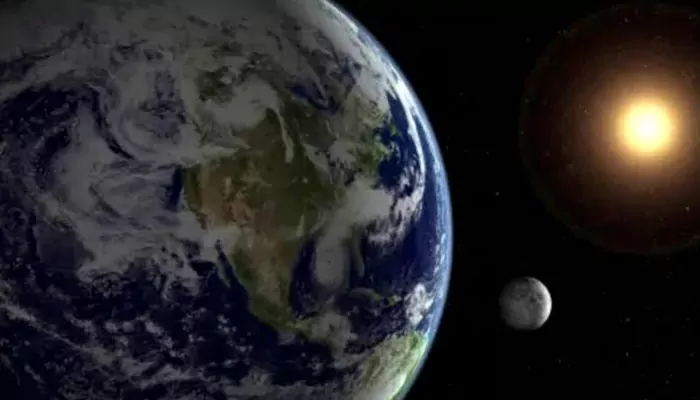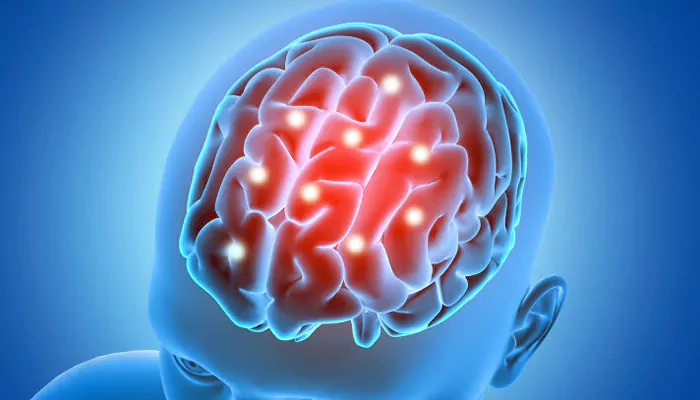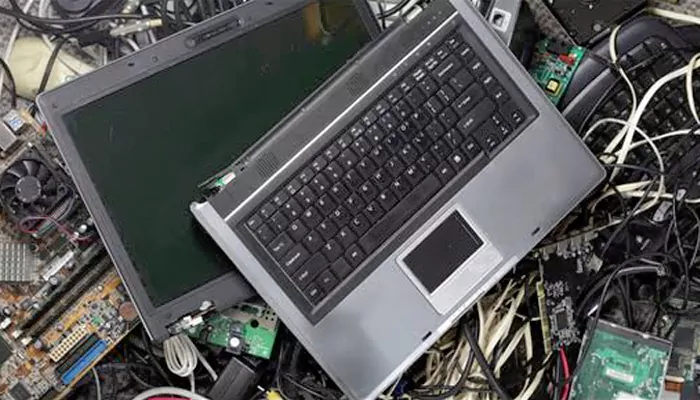
Here are today’s most important updates from the realm of Science and Space.
Mars has been uninhabitable while life has always thrived on the earth, a relatively similar planet. NASA's Curiosity rover discovered a missing piece in the puzzle: rocks that are rich in carbonate minerals. These "carbonates" -- such as limestone on Earth -- act as a sponge for carbon dioxide, pulling it in from the atmosphere and trapping it in rock. On Earth, carbon dioxide in the atmosphere warms the planet. Over long timescales, the carbon becomes trapped in rocks such as carbonates. Then volcanic eruptions spew the gas back into the atmosphere, creating a well-balanced climate cycle supportive of consistently running water. However Mars has a "feeble" rate of volcanic outgassing compared to Earth. This throws off the balance, leaving Mars much colder and less hospitable.

Earth's rotation is expected to speed up in July and August this year, resulting in shorter days. Specifically, July 9, July 22 and August 5 are predicted to be the shortest days. However, the shortening of days will be subtle, with milliseconds being the unit of measurement. For example, August 5 is predicted to be around 1.51 milliseconds shorter than average. This acceleration bucks the long-term trend of the Earth's rotation slowing down due to the Moon's gravitational pull. The movements within the Earth's core could be influencing the planet's rotation. The redistribution of mass from melting glaciers might also be playing a role. El Nino and La Nina events, which redistribute mass around the globe, could also impact the Earth's rotation.

Scientiests have found a new way to enhance math skills - zapping your brain with electricity. A recent study revealed that a painless, non-invasive brain stimulation method can significantly enhance math learning in young adults, especially those who struggle due to how their brain regions communicate. Generally, weaker natural connectivity between the prefrontal and parietal regions is linked to poorer learning. However, transcranial random noise stimulation (tRNS), a gentle electrical current applied non-invasively to the brain over the prefrontal cortex, effectively helped people catch up with peers who had stronger brain connectivity.

Do you know that your old phones, laptops contain gold? Yes, gold is used in the internal components of a phone, including the CPU. In a major breakthrough for cleaner technology, researchers have developed a new gold extraction method that avoids the use of highly toxic chemicals like cyanide and mercury, substances long used in traditional mining but known to cause severe environmental damage. The method uses trichloroisocyanuric acid (TCCA), a chemical compound typically used in disinfectants, activated by a halide catalyst to dissolve gold from materials. This solution allows the gold to be separated without the need for cyanide or mercury.